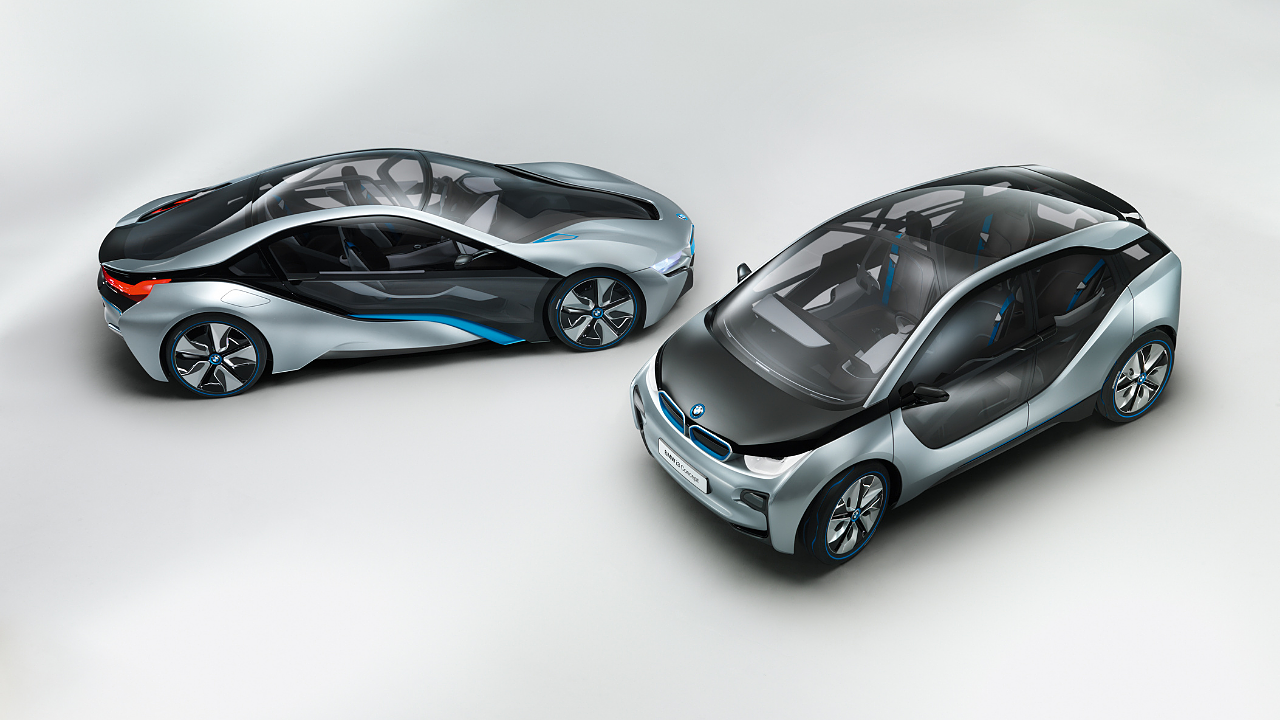
Supportive government policies and regulations, increasing investments by leading automotive OEMs, rising environmental concerns, decreasing prices of batteries, and advancements in charging systems technologies catalyse the growth of the electric vehicle (EV) market, which is estimated to reach $2.49 trillion by 2027.
The report - EV Market - Global Forecast to 2027 by the types of vehicle, propulsion, end-use, power output, charging standard and geography, published by Meticulous Research, states that the overall EV market will grow at a CAGR of 33.6% from 2020 to 2027 while the same by volume will grow at a CAGR of 21.7% to reach 233.9 million units by 2027.
According to Meticulous Research, a leading provider of premium market intelligence in North America, Europe, Asia-Pacific, Latin America, and the Middle East & Africa, the growth of the overall EV market is mainly attributed to the increasing adoption of electric mobility in emerging economies and the growing adoption of autonomous driving vehicles offer significant growth opportunities for players operating in the EV market.
On the other hand, the range limitations of electric vehicles, lack of fast-charging infrastructure, and high cost of EVs are some of the factors challenging the growth of this market to a certain extent. Also, the lack of charging infrastructure in developing countries is expected to hinder the growth of this market to some extent, the report said.
The key players operating in the global electric vehicle market include BMW, BYD, Daimler, Honda, Hyundai, Kia, Nissan, Tata Motors, Mahindra, Tesla, Volkswagen, Toyota, Mitsubishi, Groupe Renault and SAIC.
Vehicle type
The EV market is segmented into passenger vehicles, heavy commercial vehicles, two-wheelers, e-scooters & bikes, and light commercial vehicles based on vehicle type. In 2020, the passenger vehicles segment accounted for the largest share of the overall EV market, followed by heavy commercial vehicles, two-wheelers, e-scooters & bikes, and light commercial vehicles. Factors such as the increasing favourable government policies and subsidies for promoting the adoption of electric vehicles, growing awareness regarding the role of electric vehicles in reducing emissions, increasing fuel prices, and proactive participation by automotive OEMs in producing electric passenger vehicles are driving the growth of this segment, the report said.
Propulsion
The EV market is segmented into hybrid vehicles, battery electric vehicles, and fuel cell electric vehicles based on propulsion type. In 2020, the battery electric vehicles segment accounted for the largest share of the overall EV market, followed by hybrid vehicles and fuel cell EVs. Factors such as the increasing need to reduce greenhouse gases, the growing requirement for clean mobility & transportation solutions, reductions in the cost of batteries, and stringent government regulations to limit carbon emissions, are driving the growth of this segment.
Output
In terms of power output, the EV market is segmented into less than 100 kW, 100 kW to 250 kW, and more than 250 kW. In 2020, the less than 100 kW segment accounted for the largest share of the overall EV market, followed by more than 250 kW, and 100 kW to 250 kW. In addition, factors like increasing adoption of electric scooters and mopeds, increasing government investments for the development of EV charging infrastructure, growing use of e-scooters for shared mobility, strict government regulations for reducing carbon emissions, and increasing R&D by automotive OEMs and EV charging systems OEMs for developing advanced chargers that offer less than 100kW of power are contributing towards the growth of this segment.
End-use
The EV market is segmented into private use, commercial use, and industrial use based on end-use. The personal use segment accounted for the largest share of the overall EV market, followed by commercial use and industrial use. Factors such as growing awareness regarding the hazards associated with greenhouse gas emissions and environmental pollution, stringent emission norms, and demand for premium EVs among consumers drive the growth of this segment, the report observed.
Geography
Meticulous Research has segmented the EV market based on North America, Europe, Asia-Pacific, Latin America, and the Middle East & Africa. In 2020, Asia-Pacific accounted for the largest share of the global EV market, followed by Europe and North America. Factors such as increasing demand for EVs and associated charging facilities, a growing number of start-ups offering numerous solutions and services in the electric mobility industry, and growing government initiatives in developing the charging infrastructures and making incentive programmes for EV adopters drive the growth of this regional market, the research firm added.
Courtesy: Meticulous Research. Photo is representational. Courtesy: BMW.